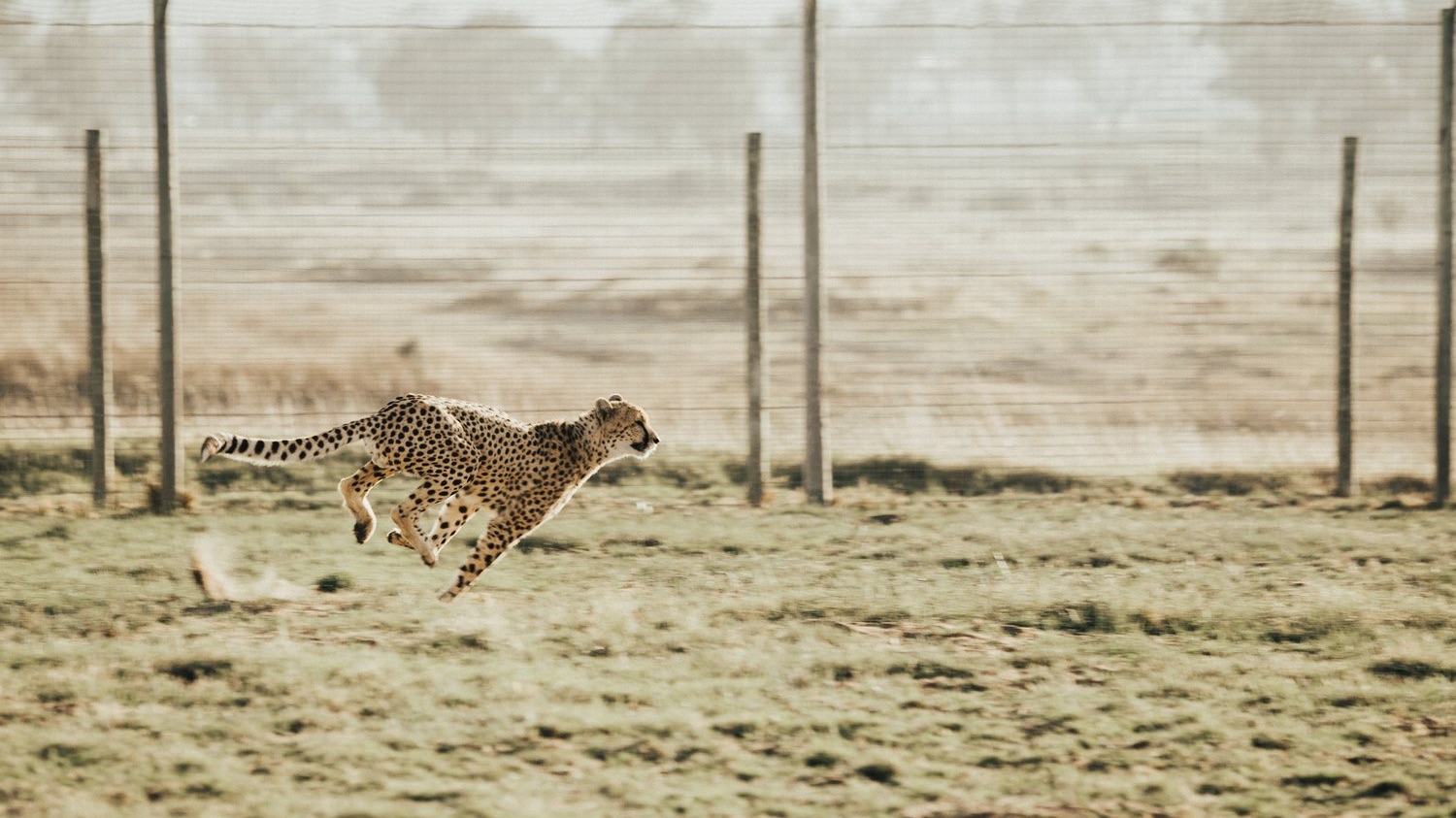The pace of collaboration
Nov 06, 2018
You’ve probably heard of the concept of a “two speed economy”. Well, over the last few weeks, I’ve found myself in the midst of a number of “two speed meetings” – in other words, meetings where different participants are moving at a very different pace from one another.
As a facilitator, I’m perhaps more sensitive to this phenomenon than many. But I reckon it’s one of the biggest challenges of getting groups to collaborate effectively: finding just the right pace, where the flow of communication and understanding works for everyone involved.
Of course, what makes for the “right pace” is entirely subjective. (I’m reminded of the wonderful line from the late comedian George Carlin: “Have you ever noticed that anyone driving slower than you is an idiot and anyone going faster than you is a maniac?”)
And so here’s the question for the next time you're running a meeting or workshop: “How do you find a pace of conversation that will allow everyone in the meeting to contribute, to understand, to challenge and to feel heard and respected?”
The classic dynamic to avoid is where the ‘cheetahs’ dominate: those most comfortable moving at speed are the ones doing all the talking (joined perhaps by those who drank too much coffee that morning!). Meanwhile, the ‘thinkers’ get left behind - by the time they’ve considered point, the cheetahs have raced ahead, and the moment to contribute gets lost (it takes a confident thinker to jump in and rewind the conversation). And the others? Well, they just tune out!
While there are a whole lot of ways of managing pace, here are 4 tips to get the proverbial ball rolling (which, if you prefer, you can watch me talk about in my latest video on this same topic):
-
Leave room to breathe. Be careful not to jam too much into the agenda in the first instance, and allow yourself enough time. We seem to be living in an era where people wear their ability to cram stuff in as a badge of honour - to do more, but at what cost?
-
Name it. Be explicit and name pace as something to keep an eye on – which makes it a shared question for everyone. For example, you might ask: “how’s the pace?” or “do we need to slow the conversation down a little bit? Give ourselves a bit of breathing space?” In doing so, also acknowledge that people have different preferences for pace (yourself included).
-
Insert page breaks. Give people time to think and catch up - what I like to call "page breaks”. In other words, after key beats in meetings, ask everyone to take a minute or two to just reflect on the conversation so far, what stands out for them, what haven’t we discussed, what’s unclear – perhaps inviting people to jot down their thoughts before you do a quick whip around the room.
-
Listen out loud. The final thing I think is so important is to be really mindful of the way you are listening. In particular, I think it’s really important to slightly exaggerate the “out loud” aspect of your listening, so that you’re modelling the way for others. For example:
-
“Ah, really? That’s really interesting / I hadn’t realised that.”
-
“Right, I see, oh okay”
-
“I love that idea”
-
“I reckon that’s so important”
-
“I think you were talking about that last week, yeah?”
-
So, next time you’re in a group meeting, take a moment to reflect on the pace, and if it needs slowing down at all, see whether any of the tips I’ve offered might help.
As always, I'd love to hear your thoughts... you can post your comments below.
Cheers,
Simon
Want more?
Get my newsletter Something to Try & Three Reasons Why and be the first to hear about my upcoming courses by subscribing to my mailing list.
You'll probably only hear from me every few weeks.
I promise not to flood your inbox.

